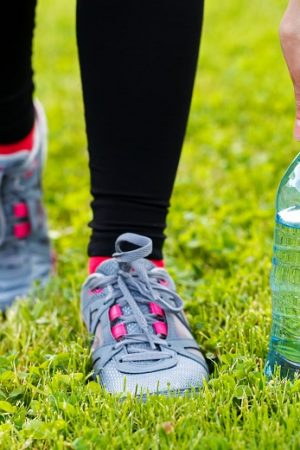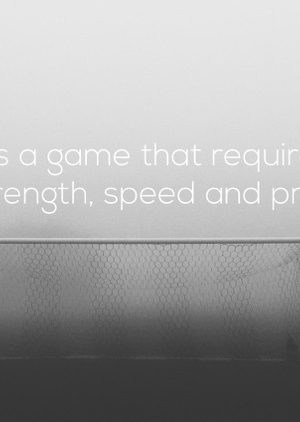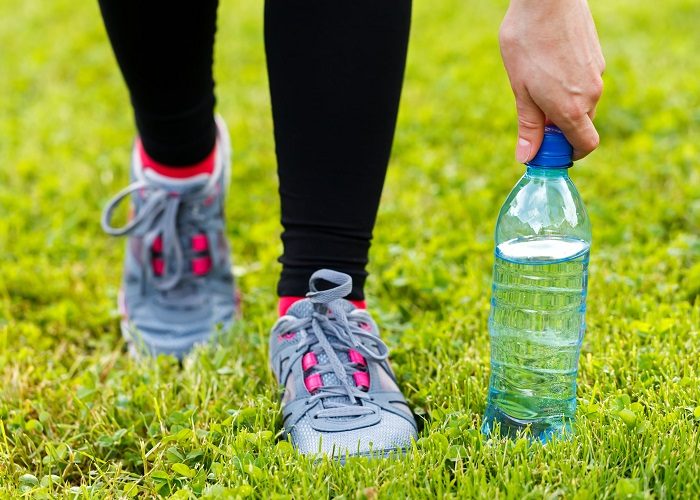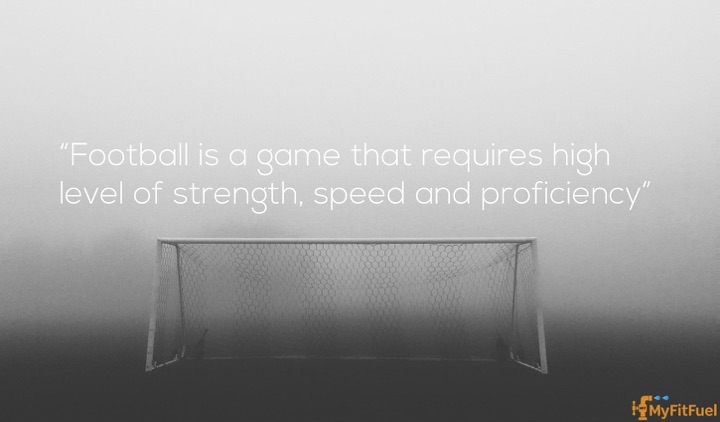Train low: means to perform your training under low glycogen levels.
Compete High: Means competing under high glycogen levels.
TRAIN LOW COMPETE HIGH is a fuelling practice that some serious players use-sometimes unknowingly when they do double workouts and fail to refuel well after the first workout. The glycogen content present in the body plays a huge part in how long we can sustain performance over a long event. In theory training low stimulates the body to signal different pathways that support energy metabolism.
Training in a glycogen-depleted state can promote the body to be more efficient at utilizing fat and potentially spare glycogen during endurance exercise. Basically, it’s to develop a more efficient engine for endurance exercise. Yes; training low does have advantages, but not all the time.
“A good general rule of thumb for those wanting to play around with the train low concept is to train low during low intensity workouts and train high during high intensity workouts”.
Keep in mind that training in this low state too often may interfere with our ability to train hard. Whatever your sport is, remember to eat responsibly, with carbohydrate as the foundation of each meal and protein as the accompaniment. Consuming carbohydrate also allows for the replenishment of muscle glycogen after exercise. In a land mark study by exercise physiologist Dr. J. Bergstrom and his colleagues (Bergstrom et al. 1967), researchers compared the rate at which muscle glycogen was replaced in subjects who exercised to exhaustion and then ate either a high – protein, high – fat diet or a high- carbohydrate diet. The subjects on the high protein, high fat diet (similar to an Atkins –type diet with abundant steak, eggs, hamburgers, tuna salad, peanut butter, and cheese) remained glycogen depleted for five days. The subjects on the high – carbohydrate diet totally replenished their muscle glycogen in two days .This result shows that protein and fat are not stored as muscle glycogen and that carbohydrate is important for replacing depleted glycogen stores.







